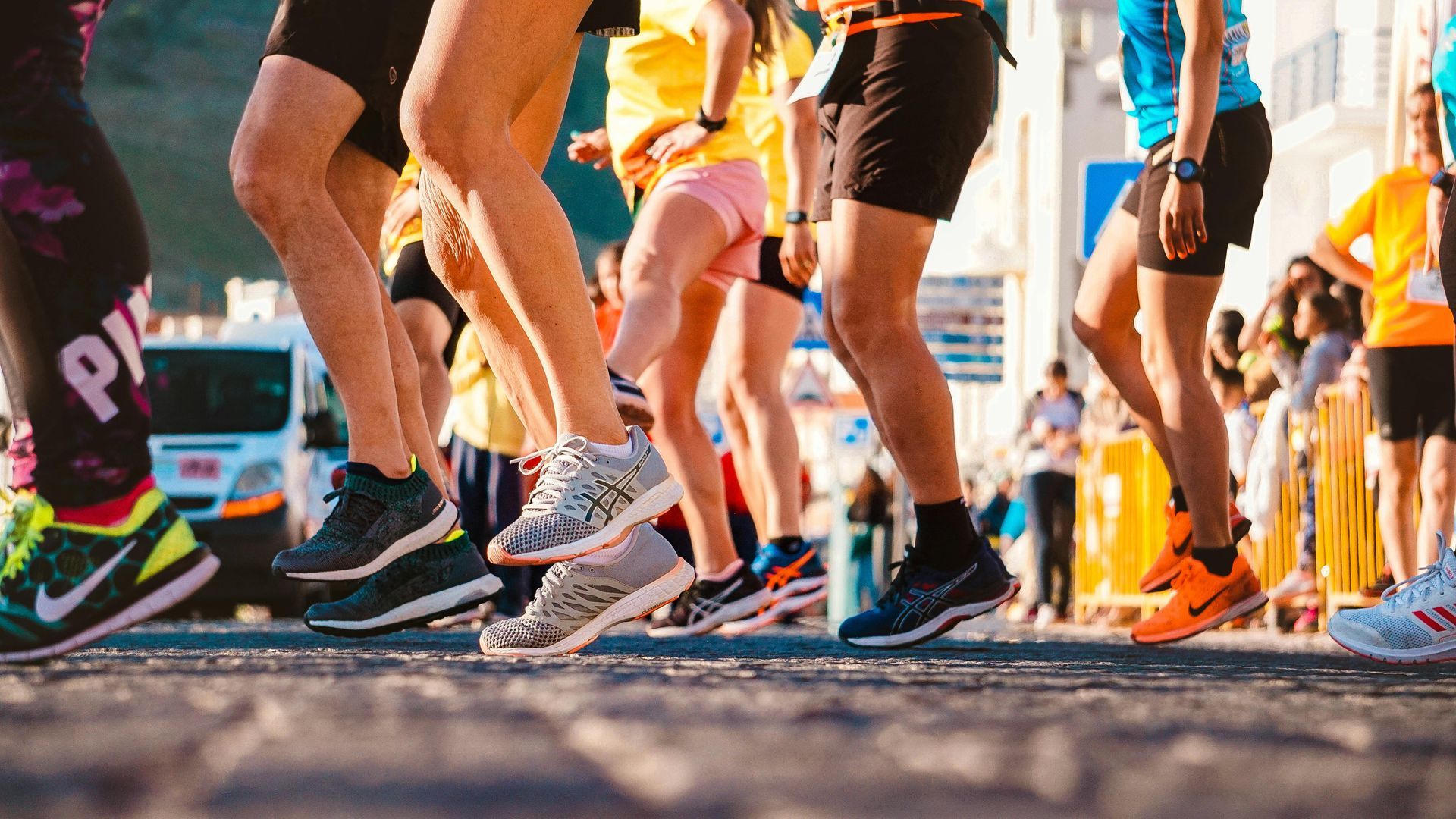Understanding Stress Incontinence While Running: Causes, Solutions, and Support

For many, running is a great way to stay fit and relieve stress, but for some individuals, it can come with an unexpected and uncomfortable issue—stress incontinence. This condition, characterized by involuntary leakage of urine during physical activities like running, can affect both men and women, though it is more common among women, especially postpartum. While stress incontinence is a frustrating and sometimes embarrassing problem, it is also manageable and treatable.
In this blog, we'll explore what stress incontinence is, why it happens when running, exercises to help manage it, and when to seek professional help for lasting relief.
What Is Stress Incontinence?
Stress incontinence occurs when there’s increased pressure on the bladder, which overpowers the pelvic floor muscles responsible for maintaining bladder control. Activities that put sudden pressure on the abdomen—such as running, jumping, or even coughing and sneezing—can cause urine leakage. The name "stress" refers to the physical stress placed on the bladder, not emotional stress, although emotional stress can exacerbate symptoms in some cases.
Running, with its high-impact nature, can be particularly challenging for those with stress incontinence because the repeated pounding on the ground and increased intra-abdominal pressure can overwhelm the pelvic floor muscles, leading to leakage.
Why Does Stress Incontinence Happen While Running?
The pelvic floor muscles, located at the base of the pelvis, are key to supporting bladder control. When these muscles weaken or lose their coordination, they may struggle to keep the bladder sphincter closed when it experiences pressure. Several factors can contribute to this weakening:
Pregnancy and childbirth: Vaginal delivery can stretch or damage the pelvic floor muscles, making it harder to control bladder function, especially during high-impact activities like running.
Hormonal changes: Hormonal shifts during pregnancy, postpartum, or menopause can affect the strength and elasticity of pelvic muscles, leading to leakage.
Age: Over time, the pelvic floor muscles naturally weaken, contributing to stress incontinence.
High-impact activities: Running, with its repetitive impact on the pelvic region, can stress the bladder and pelvic floor, especially if the muscles are already weakened.
Exercises to Manage Stress Incontinence
The good news is that strengthening the pelvic floor muscles can significantly reduce or even eliminate stress incontinence symptoms. By focusing on targeted exercises that strengthen these muscles, you can improve your bladder control and continue running with confidence.
1. Kegel Exercises
Kegels are the cornerstone exercise for strengthening the pelvic floor muscles. These exercises focus on contracting and relaxing the muscles that control urination, which helps improve bladder control.
To perform Kegels:
- Identify the pelvic floor muscles by stopping the flow of urine mid-stream (do this only to identify the muscles, not as a regular exercise).
- Contract these muscles for 5-10 seconds, then release for the same amount of time.
- Perform 10-15 repetitions, 2-3 times a day.
2. Bridge Pose
Bridge pose helps strengthen not only the pelvic floor but also the glute and core muscles, which provide additional support to the pelvic region.
To perform a bridge pose:
- Lie on your back with your knees bent and feet flat on the floor.
- Lift your hips toward the ceiling, engaging your glutes and pelvic floor muscles.
- Hold for a few seconds, then lower your hips back down.
- Repeat 10-15 times
3. Heel Slides
Heel slides help strengthen the pelvic floor while gently engaging the abdominal muscles, making them great for those recovering from pregnancy or dealing with mild incontinence.
To perform heel slides:
- Lie on your back with your knees bent.
- Slowly slide one heel down until your leg is straight, keeping the other knee bent.
- Slide the heel back up to the starting position and repeat on the other leg.
- Perform 10-15 repetitions per leg.
4. Squats
Squats engage the pelvic floor muscles and core, while also strengthening the legs and glutes, which are important for running.
To perform squats:
- Stand with feet shoulder-width apart.
- Lower your hips as if sitting into a chair, keeping your weight in your heels.
- Engage your pelvic floor muscles as you rise back up to standing.
- Repeat 10-15 times.
Tips for Managing Stress Incontinence While Running
In addition to exercises, there are a few practical tips you can try to manage stress incontinence during your runs:
- Empty your bladder before running: Make sure to use the restroom before you head out for a run to minimize the chances of leakage.
- Wear moisture-wicking, absorbent clothing: Wearing proper running gear that can manage moisture can help you feel more comfortable if leakage does occur.
- Pace yourself: If you notice more leakage during intense runs, consider adjusting your pace. You can gradually increase your speed as your pelvic floor muscles strengthen.
- Strengthen your core: A strong core helps support the pelvic region, so incorporating core exercises into your routine can improve overall stability and reduce incontinence.
When to Seek Professional Help
While stress incontinence is manageable for many people through pelvic floor exercises and lifestyle changes, some cases may require more focused care. If you find that your symptoms persist or significantly impact your quality of life, it’s important to seek professional help. Pelvic floor therapy, offered by specialized clinics, can provide personalized treatments that address your specific needs. At our clinic, we offer pelvic floor therapy tailored to runners and individuals experiencing stress incontinence. Our therapists can guide you through advanced techniques, help with pelvic floor muscle retraining, and develop a personalized exercise program to improve bladder control and strengthen your pelvic support.



